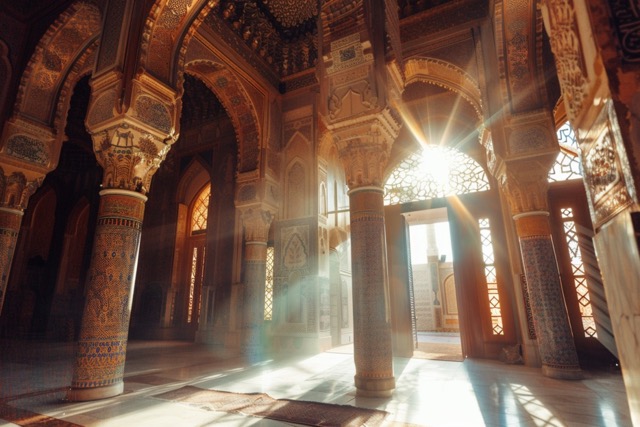Unveiling the Mysteries of Saudi Arabia’s Lava Fields
TAIF: Fire forts or lava fields, known in the Kingdom as harrat, are archaeological sites that reveal the past.
The lava fields contain features from the civilizational development of past peoples, giving hints of behaviors, culture, customs and traditions.
The black lava fields in the Kingdom, especially north of Taif — Hafir Kishb, Turbah, Al-Khurma, and Al-Muwayh — are stone volcanic structures that have transformed into natural oasis museums due to weathering.
The black lava fields are stone volcanic structures that have transformed into natural oasis museums due to weathering. (SPA)
Dr. Hammad Al-Ruwaili, a professor of history and archaeology, said that the history of volcanoes in the Kingdom dates back about 30 million years.
“They formed in two phases. The first phase coincided with the basaltic lava flows and the opening of the Red Sea, and the second phase began with volcanic activity in the Arabian Peninsula about 10 million years ago,” he added.
Discovering the Volcanic Marvels
The most prominent volcanic sites include Hafir Kishb and Al-Malsa volcano on the northern and southern edges of Harrat Rahat in the southeast of Madinah.
Harrat Rahat is the largest volcano by area, followed by Harrat Khaybar, Harrat Al-Harrah, Harrat Nawasif and Harrat Hafir Kishb, which contains the Wahbah Crater, the deepest volcanic crater in the Kingdom with a diameter of 2 km and a depth of more than 220 meters. The site is a popular destination for locals and attracts tourists from around the world.
SPEEDREAD
The most prominent volcanic sites include Hafir Kishb and Al-Malsa volcano on the northern and southern edges of Harrat Rahat in the southeast of Madinah.
In Arabic, Harrat refers to “a land with black stones that seem to have been burned by fire.” The lava fields are named after the intense heat of rocks.
Al-Ruwaili said that volcanoes are classified into several types, including domed, scoria, shield and cratered.
Exploring the Enigmatic Terrain
He added that the Hafir Kishb derives its name from Mount Kishb, located about 260 km from the northeastern part of Taif Governorate. The black mountain is visible to the right of those traveling on the Riyadh Road after Al-Muwayh. The area is mostly scattered black rocks interspersed with sandy areas known as Al-Qee’an.
Other notable areas include Dughaybjah, Khawarah, Hafar, Al-Mashubah, Qia, Mraan and Al-Muwayh.
Al-Ruwaili added that east of Hafir Kishb lies a rough harrat which is very difficult to traverse.

